Attention to the various stages of substrate preparation is key to ensuring the quality of the coating system applied to galvanized surfaces. Given the high frequency of complaints, each step can be considered important. Already at the design stage, it should be taken into account that galvanized structures will be further protected by paint systems. This will allow the selection of appropriate products and substrate preparation technology. Below I will present some solutions that significantly reduce the risk of coating defects. Most of the stipulations are in line with the assumptions of the specification for painting the so-called “paint”. offshore structures, which are those that operate offshore and serve oil and gas extraction processes. It is possible that some readers will find them exorbitant, but their application is reasonable, given the risk of possible complaints.
Pre-treatment
Before dipping galvanizing, the steel should be blast-cleaned to Sa2½ grade according to ISO 8501-1. Sharp edges, joints, corners and welds must be rounded or smoothed by grinding to grade P2 or P3 (depending on the corrosive environment), as specified in ISO 8501-3 (it is worth assuming a minimum radius of 2 mm). Layers with a hard surface (e.g., resulting from flame cutting) must be removed by grinding before blast cleaning (min. 3 passes of the grinder). Before blasting, surfaces should be free of all contaminants such as flux, residues, grease, oils, salts, welding splashes, etc. Perform inspection after blast cleaning. If defects in substrate preparation are detected, they should be removed and cleaning should be repeated.
These are the requirements that appear least often in the specifications. This involves the cost of additional locksmith-welding work. However, it should be remembered that leaving sharp edges, well adhered scale, pores in the welds or processed edges of the sheets can consequently lead to a reduction in the quality of the zinc coating (thinning, under-digitization or delamination).
Dip galvanizing
Dip galvanizing must be performed in accordance with the requirements of ISO 1461. The minimum recommended coating thickness for structural components should be min. 80μm. The galvanizing plant must be informed (in accordance with Appendix A, ISO 1461) that 100% of the surfaces are specified as surfaces of particular importance and will be painted. The galvanizing plant must not use any silicone or zinc-rich primers to repair the damaged zinc layer. It is worth noting that the galvanizing plant is not allowed to make any repairs beyond the painting specifications. This is an important provision, because any product not indicated by the paint manufacturer can be a reason for undermining or not granting the warranty.
The galvanized coating must be uniform, continuous and adherent, as smooth and evenly distributed as possible, free from imperfections such as ash, flux or slag inclusions, voids, black spots, bulges, clumps and streaks, rust spots, large blisters and from defects that are detrimental to the stated end use of the coated part.
Surface preparation for painting
All serious surface defects detrimental to the coating system should be removed (delamination, layer chipping, icicles). Before blasting, the immersion-galvanized surface should be washed with hot water with an alkaline detergent approved by the paint supplier.
NOTE: alkaline detergent must be completely washed off the surface using potable water.
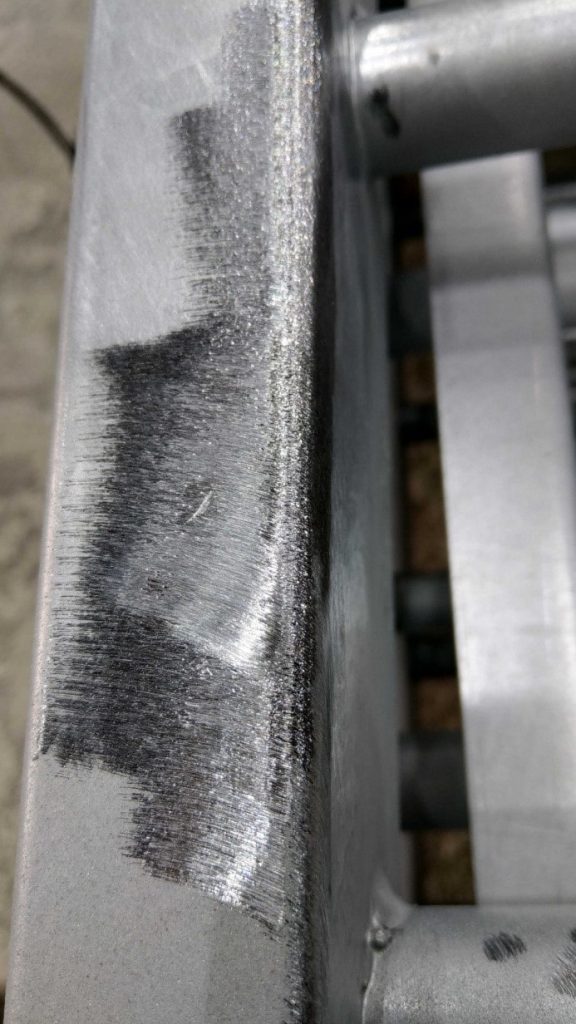
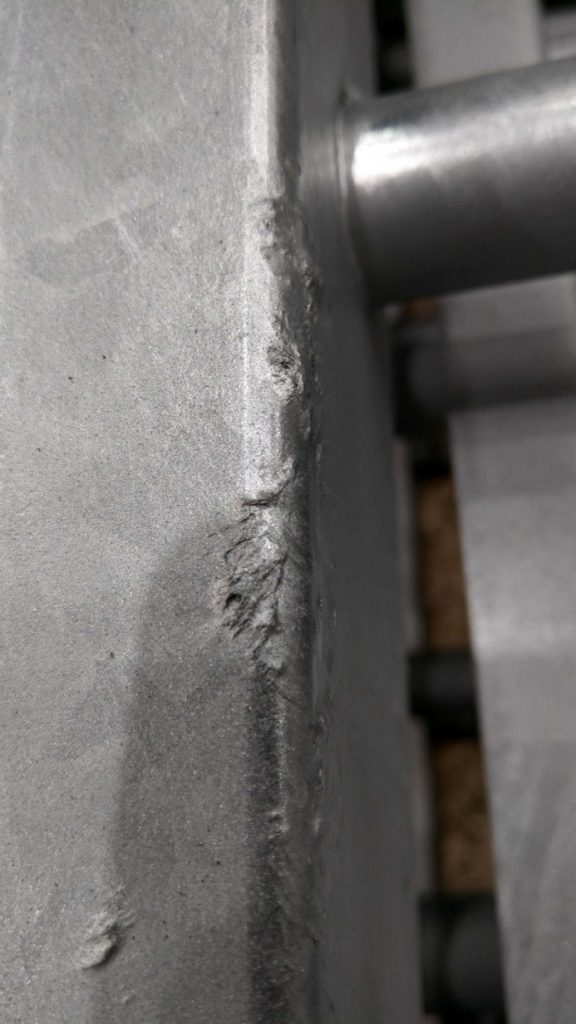
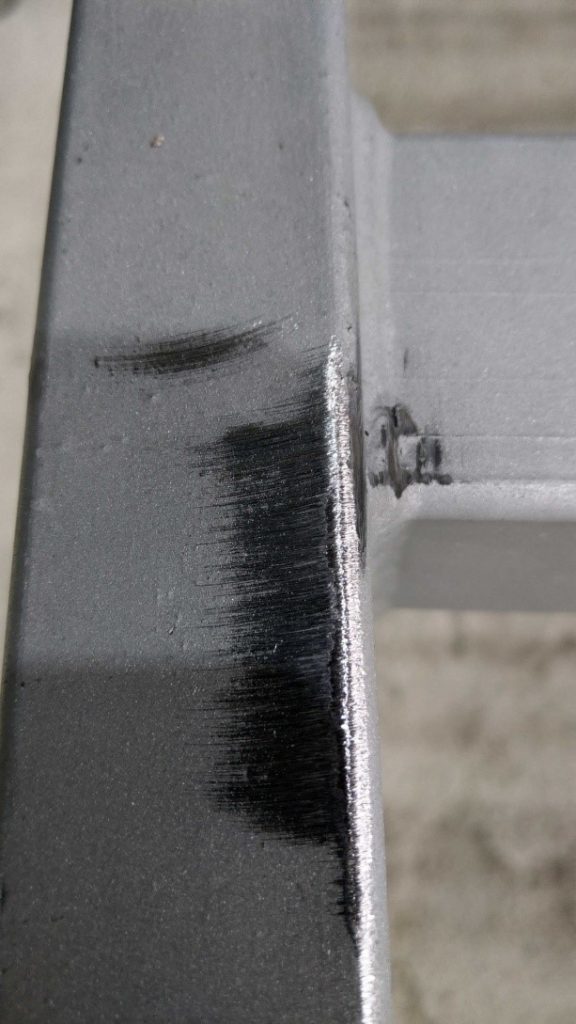
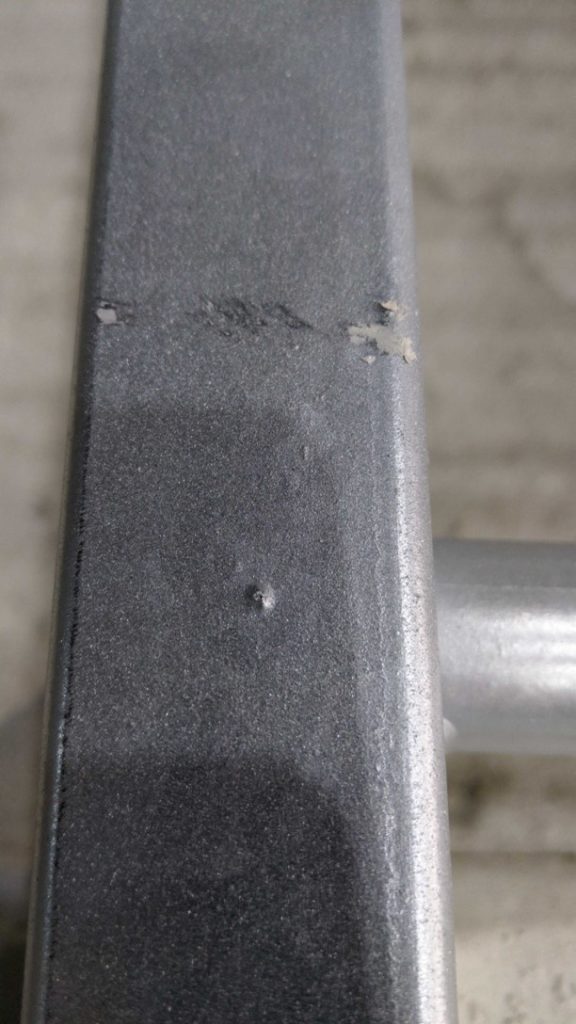
Abrasive blasting
The sweeping process can be started if the relative humidity is lower than 85% and if the steel temperature is higher than 3 °C from the dew point. The equipment used for blasting must be equipped with water and oil separators to ensure that the fed air is dry and clean. They require regular draining to prevent the transfer of water and oil. A valve with remote control (standby valve) and an emergency stop are required at the engine inlet, and a spark removal system (spark guard) is required at the engine outlet. Compressor discharge air temperatures must not exceed 66°C. The abrasives used must be dry, clean and free of impurities that have a detrimental effect on the coating.
Galvanized surfaces must be cleaned using dry sweeping, using approved non-metallic abrasives, with the nozzle angled at 45-60° to the vertical, with limited nozzle pressure to create a sharp or angled surface profile. It is recommended to obtain a surface profile of 25-55µm, corresponding to the profile: fine G, Ry5 (ISO 8503-2).
The development of the surface must improve the adhesion of the paint, but must not cause damage to the zinc layer. The thickness of the zinc coating must be reduced as little as possible, preferably by no more than 10 µm. Smaller areas can be lightly worked with sandpaper.
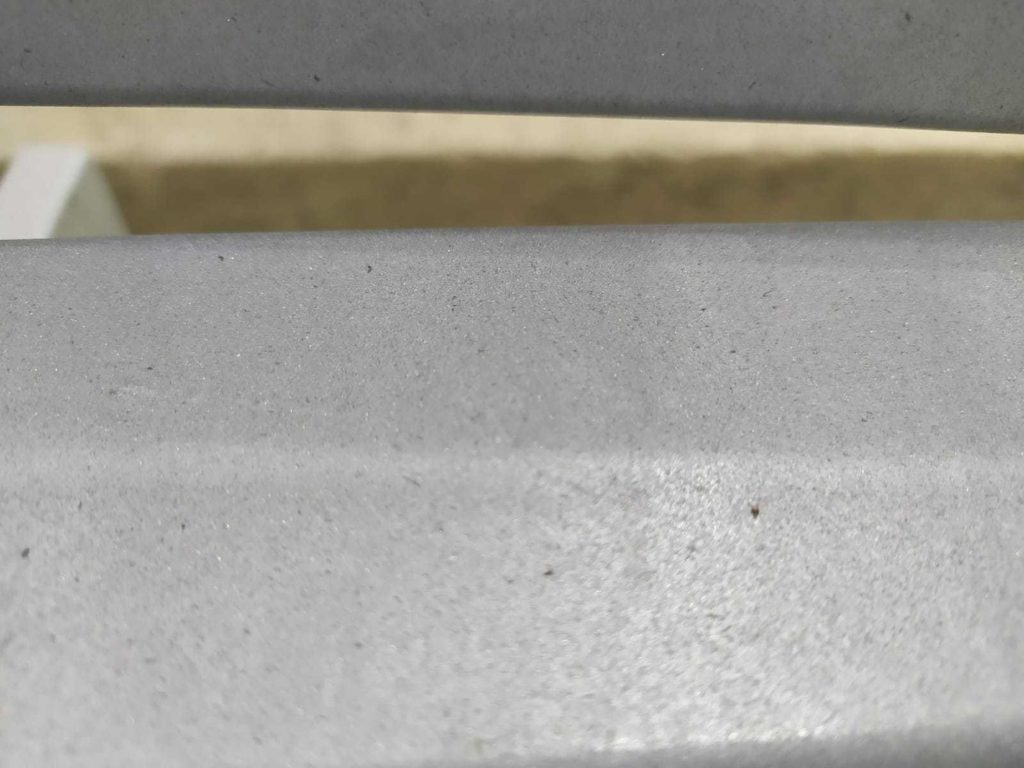
The finished surfaces must be matte, contoured and have no areas of shiny metal. Note that the surface must not be touched with bare hands.

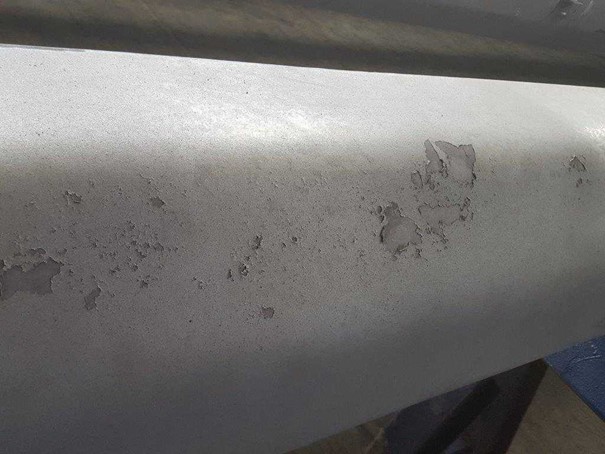
Final surface condition before painting
Before applying the first coating, the surface to be coated must be clean, dry, free of grease/oil and have the specified roughness and cleanliness. After blast cleaning, dust, abrasive, etc. should be removed from the surface. A dust test should be performed, it is recommended that the number and size of particles should not exceed level 2/2 according to the classification given in ISO 8502-3.
Depending on the aggressiveness of the corrosive environment to which the structure will be exposed, it is recommended that the maximum content of soluble impurities on the surface should not exceed, for areas exposed to corrosive environments (according to ISO 12944-2):
- C1-C4: 200 mg/m²
- C5: 100 mg/m²
- CX: 50 mg/m²Im1-Im3: 80 mg/m²
As with abrasive blasting, paint application can begin if the relative humidity is below 85% and if the steel temperature is above 3 °C from the dew point (unless otherwise recommended by the paint manufacturer).
Continued in the next part of the series, we invite you to follow!
Author of the text: Wojciech Taranczewski, Inspector of anti-corrosion works

